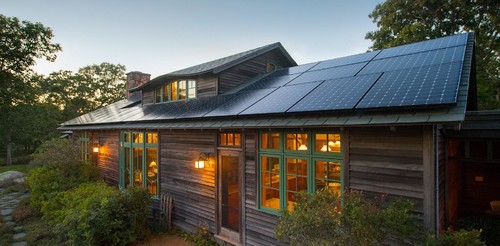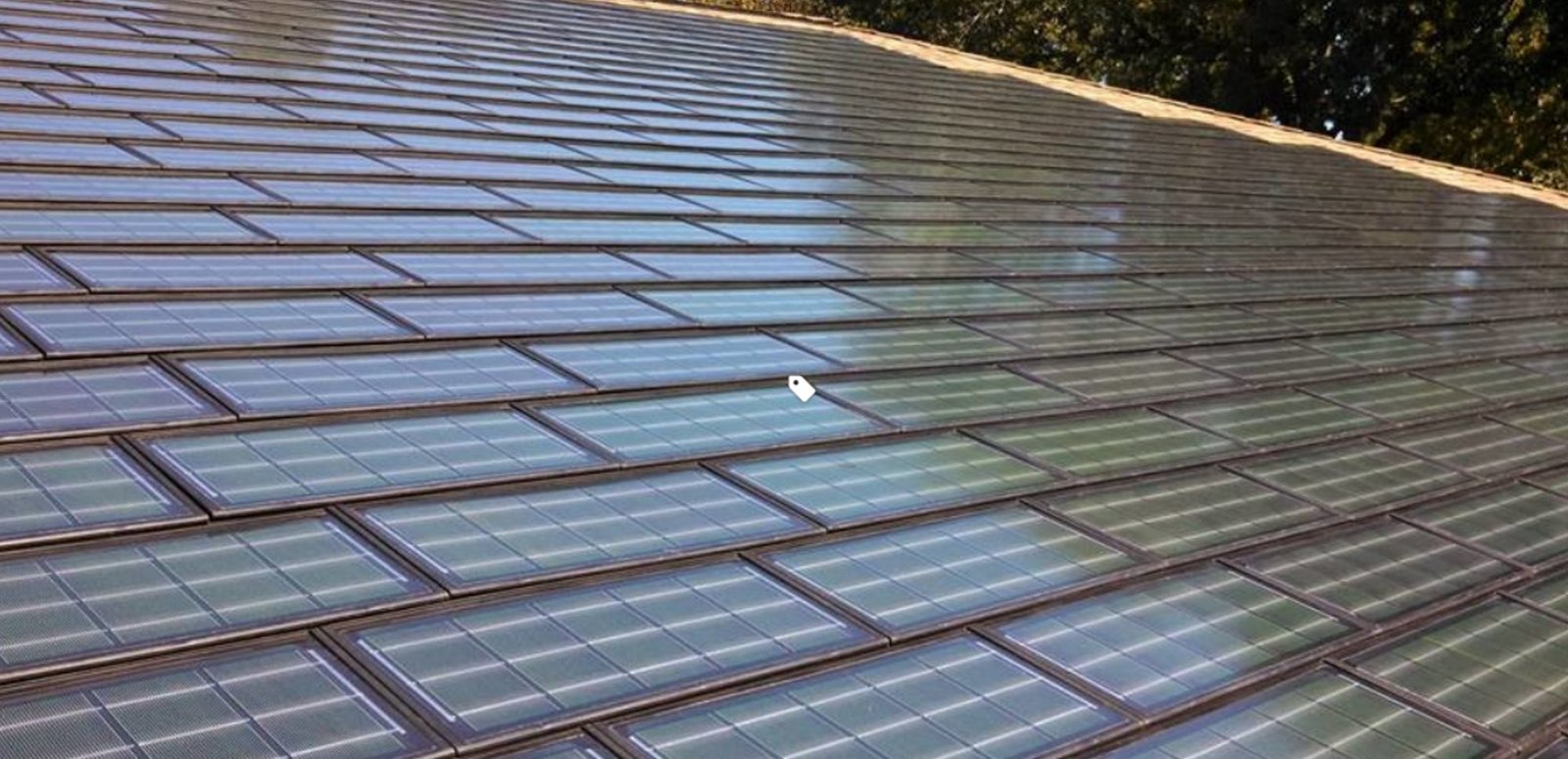I think everyone would like to own his electricity and installing a “Solar Electric System” is a smart solution. It can save money and it is environmentally friendly.

Photo by Sunpower California – More exterior home ideas
However, there is an impediment. Installation of a Residential Solar System is quite expensive. Not as expensive as 20 years ago, when for a Residential Solar System you had to pay seven times more. Technological advances have made possible the massive reduction in costs. But still, it remains expensive.
Before purchasing and installing this system, it is wise that you have an estimate of costs. You need to be well informed about several factors involving your decision to buy this system.
These factors vary widely and they are depending on:
1. Size of Your Household;
2. Amount of Electricity You Use;
3. Type and Size of the Solar System;
4. Area where You Live – The Number of Sunny Days;
5. If You Install the System Yourself;
6. Taxes, Permit and Fees;
7. Available Government Incentives
Solar Panel System for Swimming Pool – Tips and Ideas (howtobuildahouseblog.com)
Estimating Your Solar Energy Costs
Following some steps, you can easily have a rough estimation of your solar system costs:
Step 1 Determine Your Household Power Requirements
Step 2 Calculate the Size of Your Solar System
Step 3 Determine the Overall Costs of the Solar System
Step 4 Subtract Solar Power Government Incentives
1. Determine Your Household Power Requirements
Electricity usage depends a lot on the size of your household and your lifestyle. However, it is simple to know the power consumption of your household. You need only, to look at how much electricity was consumed by your household last year.
Electricity bill shows your electricity usage, measured in Kilowatt-Hours or (KWH).
To convert from KWH to Watt-Hours (WH) you need to multiply the monthly usage by 1000. Dividing this number by 30 gives you a daily value of your electricity consumption.
2. Calculate the Size of Your Solar System
How can you find which type of system is right for your needs. It is known that a Residential Solar Power System can power, light, cool or heat your home. But, in fact everything depends on the amount solar power for homes in your area. This solar power amount is measured in peak sun-hours.
In conclusion, the right size of your system depends on two factors:
a) Your daily power requirements
b) Solar Power – peak sun-hours
Therefore, to calculate the minimum size of the solar system, you need to divide your daily power by the peak sun-hours.
Assuming a system efficiency of approximately 70%, divide the result by 0.7. The final result (measured in watts) represents the minimum size of your solar system.
3. Determine the Overall Costs of the Solar System
The average cost for an installed solar system is 9$ per watt. This cost is given by U.S. Department of Energy (DOE).
So , to find the overall cost of your Solar Power System, you need to multiply the final result of step 2 by 9. The result is the cost of the equipment and installation.
4. Subtract Solar Power Government Incentives
You should find if you qualify for Government Incentives. If you do your costs can be reduced by up to 50%.
These Incentives can include:
a) Solar Energy Grants – There are financial awards given to you, if you are eligible for an alternative energy grant.
b) Solar Energy Tax Credit – It is a financial incentive given by Federal and your State Government; however, a tax credit is more advantageous for you than tax deduction.
c) Solar Power Rebate – There are three types of solar energy rebates:
- – Utility Rebate Programs
- – State Rebate Programs
- – Local Rebate Programs
CONCLUSION
This is a major investment. It is up to you if you want to make this investment.
The advantages are obvious.
However, there are several aspects to consider such as the return of your investment (ROI), payback time, and the increase in your home value.
Installing a Solar Electric System seems expensive at first sight, but costs are recovered in the long run. And you must not forget the important government incentives that can reduce total cost by 50%.


